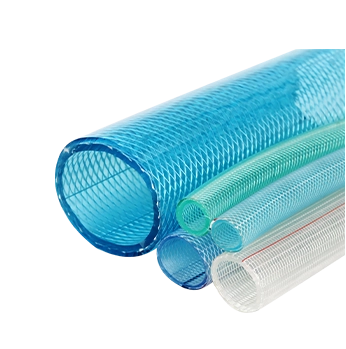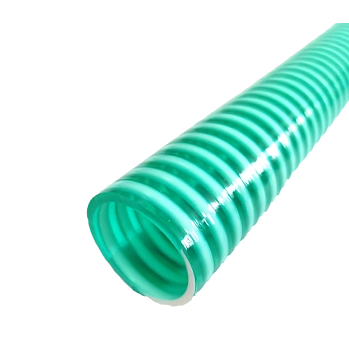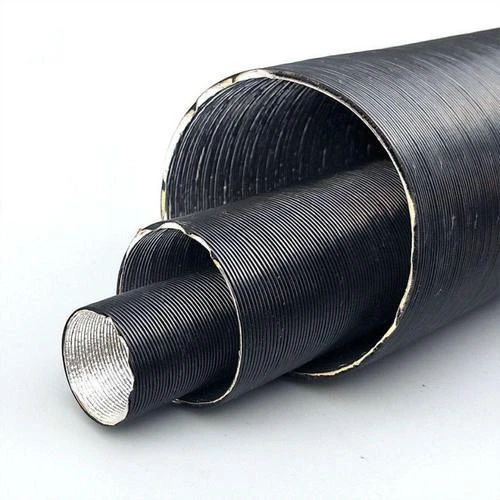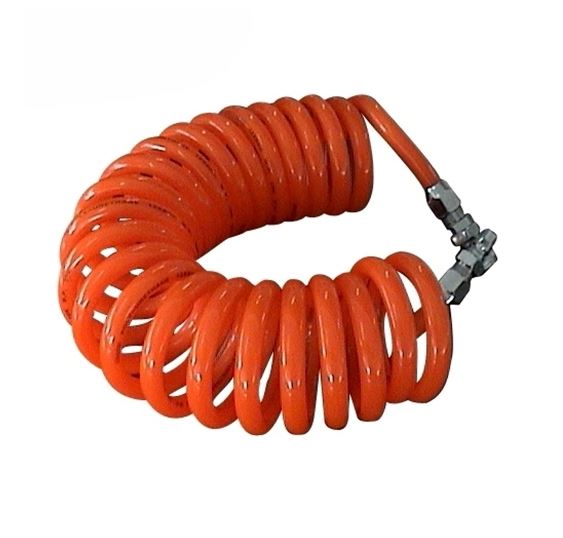Comparison of Suction Hoses and Discharge Hoses for Optimal Performance and Usability
Suction Hose vs. Discharge Hose Understanding the Key Differences and Applications in Fluid Transfer
When it comes to fluid transfer in various industries, the right type of hose plays a critical role in ensuring efficiency, safety, and reliability. Two common types of hoses used in this context are suction hoses and discharge hoses. While they may seem similar, they serve different functions and are designed for distinct applications. This article will explore the differences between suction hoses and discharge hoses, their construction, applications, and factors to consider when choosing the appropriate hose for your needs.
Definitions and Functions
Suction hoses are used to draw fluids into a system. They create a vacuum that allows liquids to be pulled through the hose and into pumps or other machinery. This type of hose is critical in applications where materials need to be extracted from a source, such as in water wells, industrial tanks, and wastewater treatment facilities.
Conversely, discharge hoses are designed to transport fluids away from a source after they have been processed or collected. Rather than pulling fluids, discharge hoses expel liquids under pressure from pumps and other devices. They are essential in various sectors, including agriculture, construction, and firefighting.
Construction Differences
The construction of suction and discharge hoses reflects their different applications and functions.
Suction Hoses 1. Material Suction hoses are typically made from flexible materials that can withstand the negative pressure generated during suction. Common materials include PVC, rubber, and reinforced fabrics. 2. Reinforcement Many suction hoses feature a wire or spiral reinforcement to prevent collapse under vacuum conditions. This is essential to maintain the hose's integrity and ensure efficient suction. 3. Diameter Suction hoses often have larger diameters to facilitate the quick movement of liquids, especially in applications requiring the removal of large volumes of material.
Discharge Hoses 1. Material Discharge hoses are built to endure high pressure because they transport fluids. They are often made from durable materials like rubber or heavy-duty PVC. 2. Reinforcement Discharge hoses are typically reinforced with multiple layers to resist kinking and bursting under pressure. Some may feature ribbed or smooth exteriors depending on the intended application. 3. Fittings Discharge hoses usually come with fittings on both ends for easy connection to pumps and other equipment, ensuring a secure and leak-proof environment.
Applications
suction hose vs discharge hose

Both suction and discharge hoses have a wide range of applications across different industries
Suction Hoses - Water Extraction Used in well or pond dewatering, these hoses are crucial for drawing water for irrigation and other applications. - Industrial Applications Suction hoses are employed in factories for collecting materials like slurries and chemicals. - Environmental Cleanup In environmental services, suction hoses are vital in oil spill recovery and draining flooded areas.
Discharge Hoses - Irrigation Systems In agriculture, discharge hoses transport water from pumps to fields. - Construction Sites These hoses are used to transfer concrete, slurry, or other materials necessary for construction projects. - Firefighting Discharge hoses allow firefighters to move water quickly from a hydrant or water source to combat fires.
Choosing the Right Hose
When selecting between suction and discharge hoses, consider several factors
1. Application Requirements Understand the specific needs of your project, including the type of fluid being handled, the required flow rate, and whether the fluid needs to be pulled in or pushed out. 2. Pressure Ratings Ensure the hose can withstand the pressures involved in your application. Check the manufacturer's specifications for both suction and discharge hoses.
3. Flexibility and Durability Depending on the working environment, opt for hoses that provide the necessary flexibility and are resistant to wear and tear.
4. Regulatory Compliance Ensure that the hose meets any industry standards or regulations relevant to your application, particularly in food, chemical, or pharmaceutical sectors.
In conclusion, understanding the differences between suction and discharge hoses is crucial for effective fluid management in various industries. By selecting the appropriate type for your needs, you can enhance operational efficiency and ensure safety in fluid transfer processes. Whether you are pumping water, managing waste, or transporting agricultural products, each hose type plays an indispensable role in achieving your objectives.
-
Unveiling the Landscape of PVC Air Hoses and Comparative AnalysisNewsJun.24,2025
-
Unraveling the World of Specialized Braided Hoses and Their AlternativesNewsJun.24,2025
-
The Essential Role of PVC Hoses in Air - Related SystemsNewsJun.24,2025
-
Precision - Engineered Tubing and Braiding SolutionsNewsJun.24,2025
-
Pneumatic Tubing and Braided Hoses: Powering Industrial OperationsNewsJun.24,2025
-
Comparative Analysis and Insights into Air Hoses: PVC vs Rubber and BeyondNewsJun.24,2025














